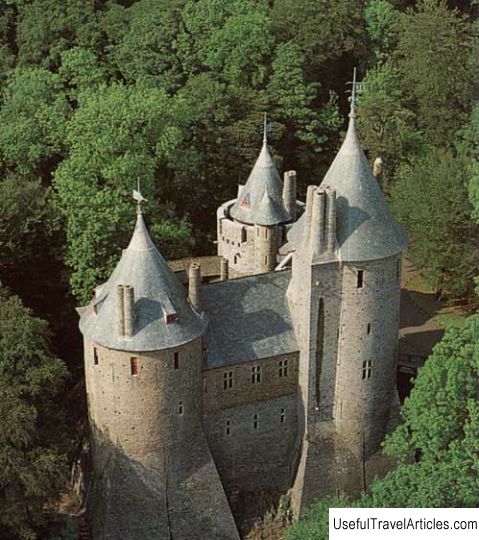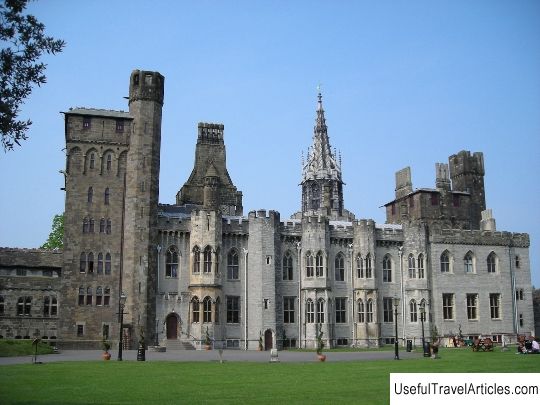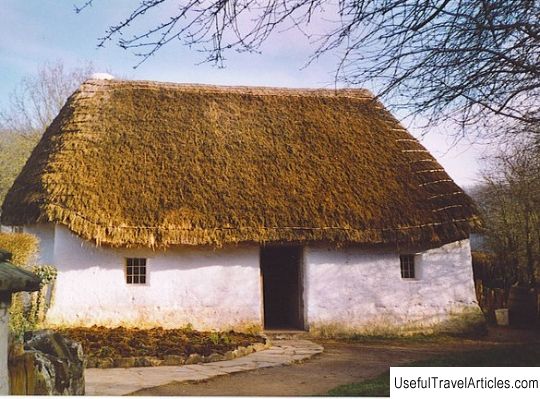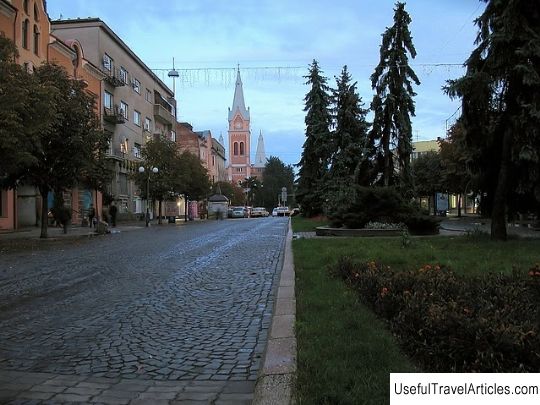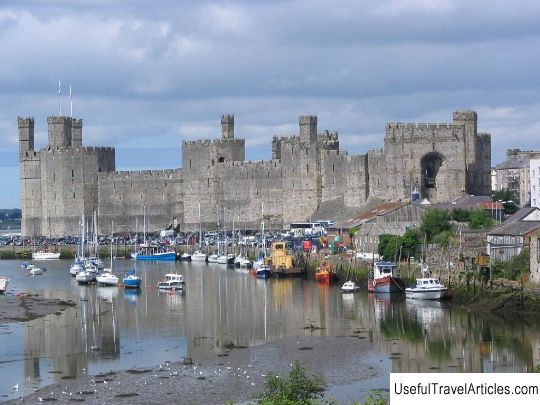Cosmeston description and photos - Great Britain: Cardiff
Rating: 9,0/10 (6789 votes) 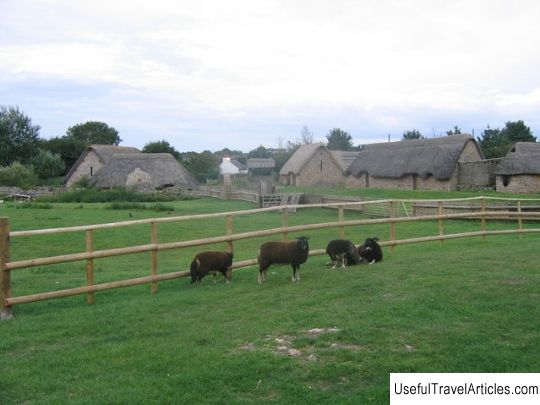
Cosmeston description and photos - UK: Cardiff. Detailed information about the attraction. Description, photographs and a map showing the nearest significant objects. The title in English is Cosmeston. Photo & DescriptionCosmeston is an open-air museum, a historical reconstruction of a 14th century Welsh village. It is located in the Glamorgan Valley, near the Welsh capital of Cardiff. During the construction of the park in Kosmeston in 1978, the remains of a settlement were discovered, whose age was more than 600 years. Thus began a unique archaeological project to restore the medieval village of Kosmeston. The year 1350 was chosen for the historical reconstruction of the “living history” type. It was an interesting time! The country was ruled by King Edward III, it was the twentieth year of the war with France - historians will later dub this war the Hundred Years. Britain is slowly recovering from the Black Death epidemic - the plague, which carried away almost half of its population. The village originated around the 12th century next to an estate owned by the de Costentin family, one of the first Norman nobles in Wales, who came from northern France. They named the village Costentenstun, which was later transformed into Cosmeston. The estate was small, and the village consisted of several round stone houses covered with thatch. The population did not exceed 100 people, including children. In 1316 the village passed to the new owners, the de Caversham family. There is no evidence that the village continued to exist after the Middle Ages. There was no church here, and by 1824 only a small Cosmeston farm and a few pastures were marked on a detailed map of the Marquis of Bute's estate. Why was the village abandoned? There could be several reasons for this. Residents could die during a plague epidemic. They could have moved to another place, because these places are very low and prone to flooding. The village could also be damaged during military conflicts - for example, in 1316, Llewelyn Bren took by storm the castle of Cairfilli, which is very nearby. Now this open-air museum is considered the best reconstruction of medieval village life in Britain. It is visited by archaeological specialists, tourists and school trips. Cosmeston is inhabited by characters - Headman, Sergeant, Potter, Carpenter, Baker, their Wives, Priest and even the Noble Lady. Each of them has its own story and its own role.      We also recommend reading Rock painting in Tsodilo (Tsodilo) description and photos - Botswana Topic: Cosmeston description and photos - Great Britain: Cardiff. |
